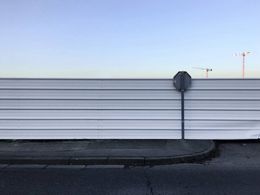
Couleurs Urbaines 01 - Vitry-sur-Seine
Rodolfo Franchi
Photography - 50 x 75 cm Photography - 19.7 x 29.5 inch
€900
One could argue that being alone with your own thoughts is terrifying, but the solitary panorama in the history of art shows us that maybe one shouldn't fear their own company. Indeed the panorama itself is based on who the observer is. The subject may be within a vast landscape, void of neighbors, noise and commotion. Or they could be at the very heart of it, amidst the bustle of everyday life and surrounded by other people. It can also be the case that the panoramic view within a painting, is the view itself, absent of even a figure to inhabit it. With the emergence of Pop art in the 1950s viewers saw another side to Andy Warhol's work, scenes that patrol the space between people and investigate the ideas of intimacy and estrangement. The solitary panorama was, in this case, a glittering entourage or an armful of cameras acting as a buffer between human interactions. In Artsper's own selection of works, JC Pratt uses the cityscape and its architecture as a backdrop for the solitary figure, determined to instigate introspection. Elena Raceala and her black and white depictions of the seascape, on the other hand, create a more abyss or void-like solitary panorama, where its inhabitants (or the viewer) can get lost in – with only themselves as company.
Save your search and find it in your favorites
Save your search to find it quickly
Saved search
Your search is accessible from the favorites tab > My favorite searches
Unsaved search
A problem occurred

Photography - 50 x 75 cm Photography - 19.7 x 29.5 inch
€900

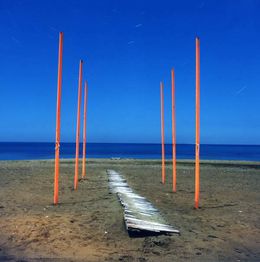
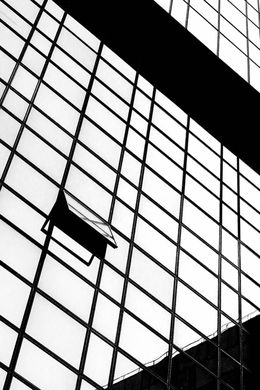
Photography - 45 x 30 cm Photography - 17.7 x 11.8 inch
€400
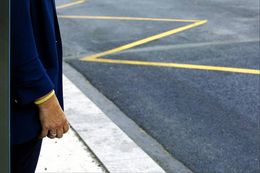
Photography - 30 x 45 cm Photography - 11.8 x 17.7 inch
€400



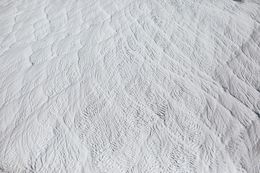




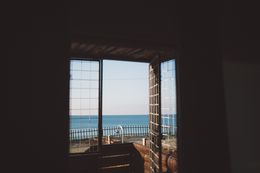
Photography - 40 x 60 x 0.1 cm Photography - 15.7 x 23.6 x 0 inch
€800

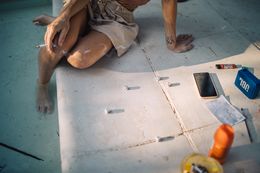


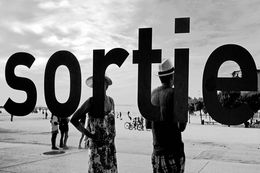
Photography - 30 x 45 cm Photography - 11.8 x 17.7 inch
€400
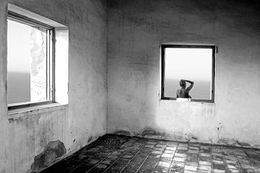
Photography - 30 x 45 cm Photography - 11.8 x 17.7 inch
€400
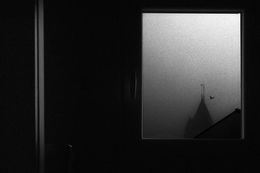
Photography - 30 x 45 cm Photography - 11.8 x 17.7 inch
€400
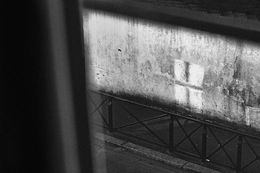
Photography - 30 x 45 cm Photography - 11.8 x 17.7 inch
€400

Photography - 30 x 45 cm Photography - 11.8 x 17.7 inch
€400

Photography - 30 x 45 cm Photography - 11.8 x 17.7 inch
€400
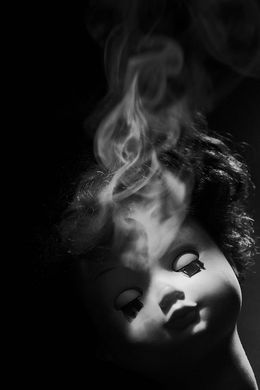
Photography - 45 x 30 cm Photography - 17.7 x 11.8 inch
€400

Photography - 45 x 30 cm Photography - 17.7 x 11.8 inch
€400

Photography - 30 x 45 cm Photography - 11.8 x 17.7 inch
€400
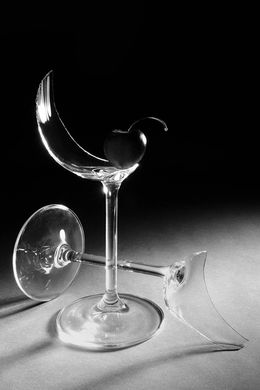
Photography - 45 x 30 cm Photography - 17.7 x 11.8 inch
€400

Photography - 45 x 30 cm Photography - 17.7 x 11.8 inch
€400

Photography - 30 x 45 cm Photography - 11.8 x 17.7 inch
€400
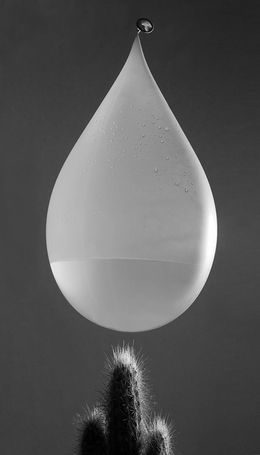
Photography - 45 x 30 cm Photography - 17.7 x 11.8 inch
€400

Photography - 30 x 45 cm Photography - 11.8 x 17.7 inch
€400
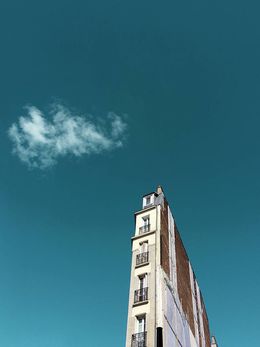
Photography - 45 x 30 cm Photography - 17.7 x 11.8 inch
€400
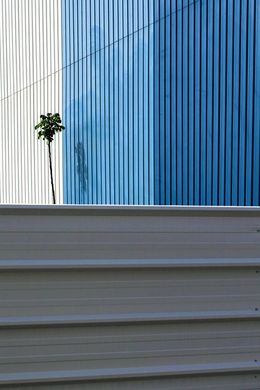
Photography - 45 x 30 cm Photography - 17.7 x 11.8 inch
€400
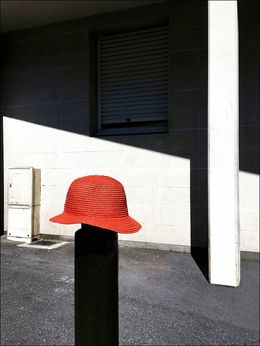
Photography - 45 x 30 cm Photography - 17.7 x 11.8 inch
€400
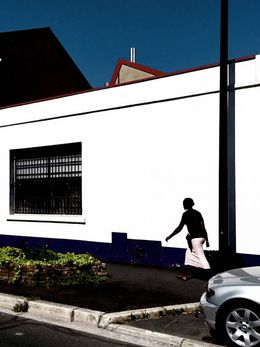
Photography - 45 x 30 cm Photography - 17.7 x 11.8 inch
€400
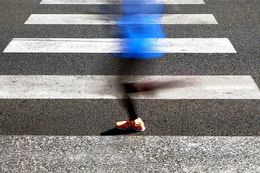
Photography - 30 x 45 cm Photography - 11.8 x 17.7 inch
€400

Photography - 30 x 45 cm Photography - 11.8 x 17.7 inch
€400
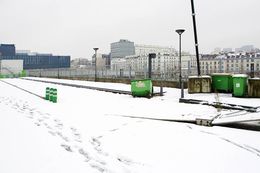
Photography - 30 x 45 cm Photography - 11.8 x 17.7 inch
€400
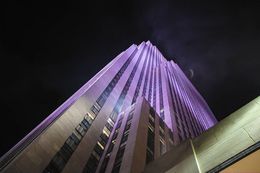
Photography - 30 x 45 cm Photography - 11.8 x 17.7 inch
€400
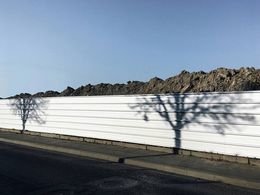
Photography - 30 x 45 cm Photography - 11.8 x 17.7 inch
€400


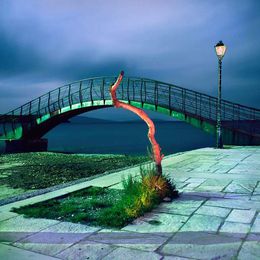
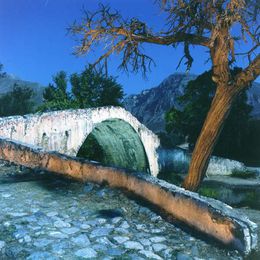
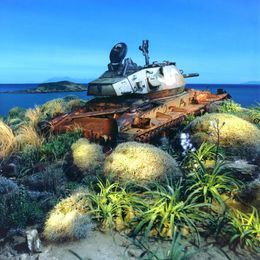

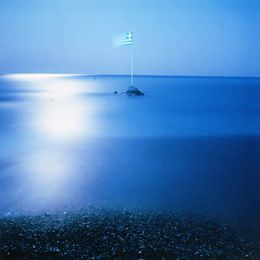


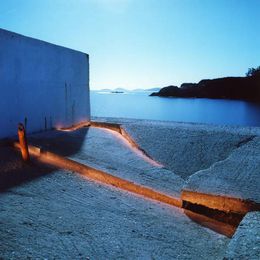











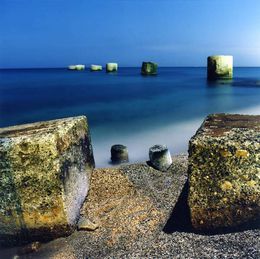

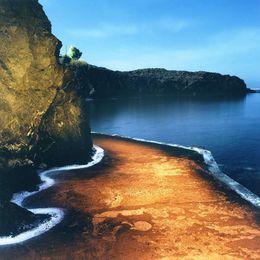


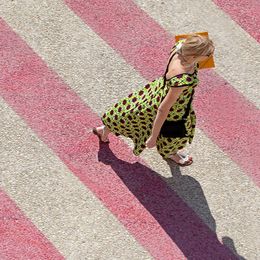
Photography - 40 x 40 cm Photography - 15.7 x 15.7 inch
€450


Photography - 33.68 x 60 cm Photography - 13.3 x 23.6 inch
€1,000

Photography - 40 x 53 cm Photography - 15.7 x 20.9 inch
€1,000

Photography - 40 x 53 cm Photography - 15.7 x 20.9 inch
€1,000

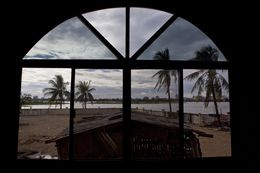
Photography - 80 x 120 cm Photography - 31.5 x 47.2 inch
€900

Photography - 80 x 120 cm Photography - 31.5 x 47.2 inch
€900





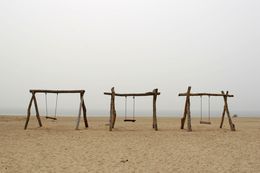
Photography - 80 x 120 cm Photography - 31.5 x 47.2 inch
€1,500

Photography - 80 x 120 cm Photography - 31.5 x 47.2 inch
€900

Photography - 40 x 60 x 2 cm Photography - 15.7 x 23.6 x 0.8 inch
€1,000
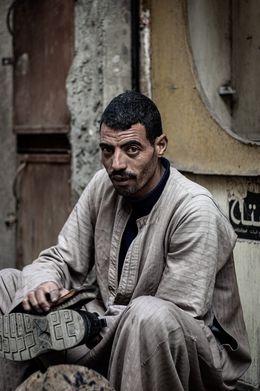

Photography - 60 x 40 x 2 cm Photography - 23.6 x 15.7 x 0.8 inch
€1,000
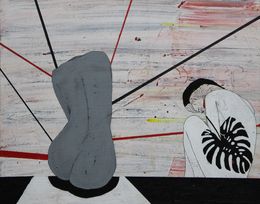
Painting - 40 x 50 x 4 cm Painting - 15.7 x 19.7 x 1.6 inch
€1,150
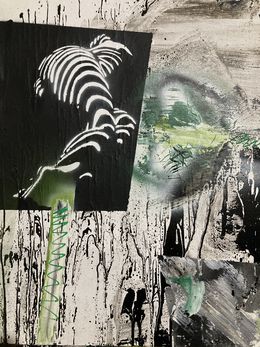
Painting - 50 x 40 x 4 cm Painting - 19.7 x 15.7 x 1.6 inch
€1,100

Painting - 50 x 40 x 4 cm Painting - 19.7 x 15.7 x 1.6 inch
€1,100

Painting - 50 x 40 x 4 cm Painting - 19.7 x 15.7 x 1.6 inch
€1,100

Painting - 50 x 40 x 4 cm Painting - 19.7 x 15.7 x 1.6 inch
€1,100

Painting - 50 x 40 x 4 cm Painting - 19.7 x 15.7 x 1.6 inch
€1,100

Painting - 50 x 40 x 4 cm Painting - 19.7 x 15.7 x 1.6 inch
€1,100
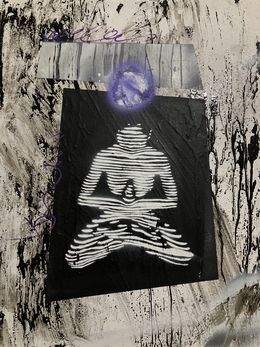
Painting - 50 x 40 x 4 cm Painting - 19.7 x 15.7 x 1.6 inch
€1,100
Choose your preferences
The art is yours
The art is yours